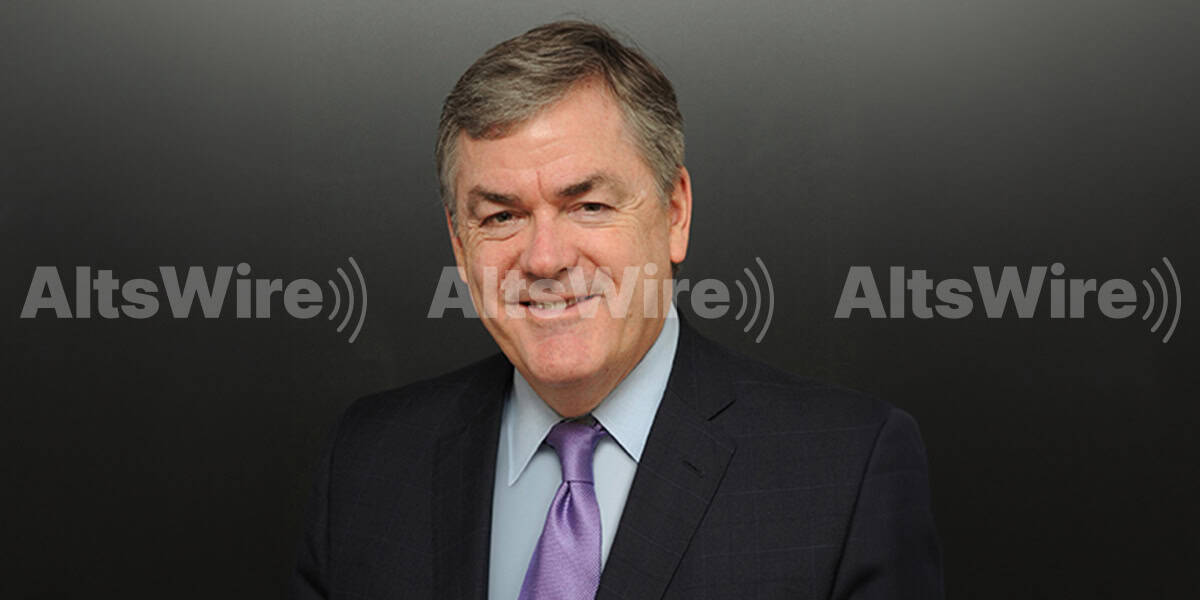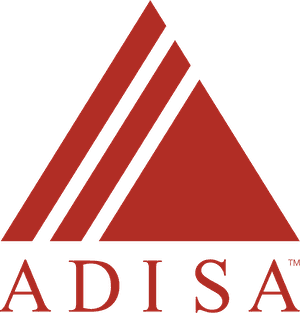From Barrier to Breakthrough? Thoughts On the 506(c) Interpretive Letter


The SEC’s new guidance on Rule 506(c) may significantly shift how funds raise capital.
By John Grady, president of the board, ADISA
The world of alternative investments has long navigated a complex regulatory landscape, often marked by stringent interpretations and cautious enforcement. In a previous article, I suggested that we might see some regulatory shifts under the current administration, and it seems as if that may be starting to take place, particularly in the U.S. Securities and Exchange Commission’s approach to Rule 506(c) of Regulation D.
The issuance of a recent interpretive letter, effectively relaxing certain verification requirements for accredited investors, has sparked considerable interest in our industry and may signal a move toward a more pragmatic regulatory framework.
To understand the significance of this shift, we must revisit the genesis of Rule 506(c). Following the mandate of the Jumpstart Our Business Startups Act, or JOBS Act, the SEC introduced Rule 506(c) as an alternative to Rule 506(b), which prohibits general solicitation. Under Rule 506(c), interests in a private fund may be publicly advertised as long as the private fund’s sponsor takes “reasonable steps” to verify that all the investors in the private fund are “accredited investors,” as defined in Rule 501(a) of Regulation D.
While Congress aimed to remove barriers to capital formation, the SEC’s rulemaking process established a framework that imposed significant compliance burdens in fleshing out what counts as “reasonable steps.”
Sensitive information, such as tax returns, W-2s, bank records or third-party verification letters from attorneys or CPAs, became the price of entry for investors in Rule 506(c) offerings. Unsurprisingly, both issuers and investors recoiled. Investors felt the process was intrusive and issuers – wary of the compliance burden and investor resistance – largely chose to focus on the traditional but more restrictive 506(b) pathway, which prohibits general solicitation but is read to allow issuers to forego the process of verifying purchasers’ accredited investor status and permit investor self-certification.
While it is not an official rule or statement, the interpretative letter issued on March 12, 2025, endorses a proposed approach that a simpler, more straightforward path to verification:
- A meaningful minimum investment amount (the approach taken in the incoming letter used a minimum committed investment of $200,000 for natural persons and $1 million for legal entities);
- Written representation from the purchaser confirming that it is an accredited investor and the investment was not financed through a third party; and
- The issuer must have no actual knowledge of any facts that indicate the purchaser is not an accredited investor or that the investment has been financed by a third party.
This change is significant, not just in process, but in regulatory philosophy. The SEC seems to be acknowledging what the industry has long believed: that an individual capable of writing a $200,000 check without external financing is very likely to be accredited and that overly bureaucratic verification requirements add more friction than protection.
If this is an indicator of how the SEC will try to make it easier to raise capital, then it is a sea change with great practical implications. First, we may expect a surge in the adoption of Rule 506(c). With this update, sponsors can more confidently use marketing and advertising without triggering a compliance nightmare. This could expand upon previously underutilized channels for capital formation, such as public webinars, podcasts, and social media.
Another possible upside is that private fund sponsors may now have the ability to reach a broader investor audience. Investors who were previously hesitant to hand over sensitive financial documents may now feel more comfortable participating in 506(c) offerings. Finally, a third and crucial, potential benefit is that this guidance should lower the compliance cost of capital raising, especially for emerging managers and boutique sponsors who traditionally could not manage the burdens of 506(c) verification.
Of course, no shift is without potential risks. Critics may argue that this change dilutes investor protections and could potentially expose investors to unsuitable investments. While that is a fair concern, issuers still have multiple responsibilities. They still face antifraud liability, potential fiduciary duties, and reporting obligations. Subscription documents must still include representations and warranties, and general solicitation materials remain subject to the Investment Advisers Act of 1940, blue sky laws, and foreign marketing restrictions. The interpretive letter does not absolve issuers from their obligation to ensure that investors meet the accredited investor criteria. It simply provides a more modern and more flexible framework for fulfilling it.
At ADISA, we have long advocated for thoughtful modernization of the regulatory framework governing private offerings, and this letter seems to be a shift that may signal a willingness on the SEC’s part to address legitimate concerns in regard to regulatory burdens. If used purposefully, this approach could greatly increase investor access to private markets.
Continued dialogue and collaboration will be crucial in ensuring that regulations remain effective and efficient, but by embracing a more pragmatic approach to investor verification, the SEC is taking a significant step toward facilitating capital formation and promoting economic growth. While the long-term impact of this new guidance remains to be seen, it is clear that the SEC is signaling a willingness to adapt and modernize its regulatory framework, marking a potential new era in securities regulation. This is a welcome development for the alternative investments industry and a promising sign for the broader economy.
With nearly four decades of experience within the investment management industry, John Grady is a noted securities attorney, as well as president of the ADISA board of directors and the former long-time co-chair of its Legislative & Regulatory Committee.
The views and opinions expressed in the preceding article are those of the author and do not necessarily reflect the views of AltsWire.



